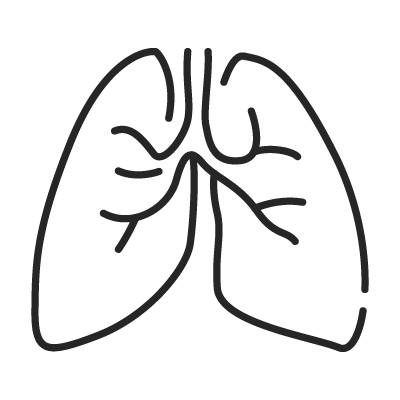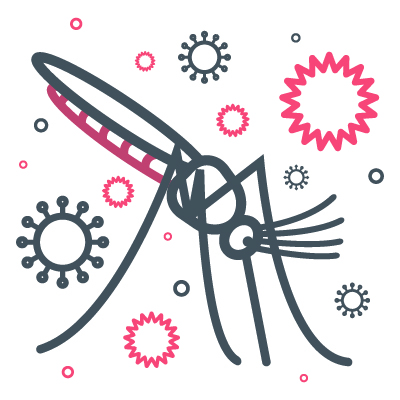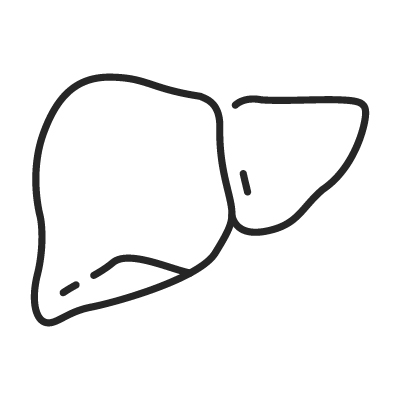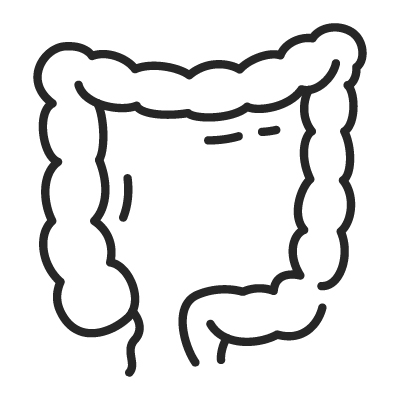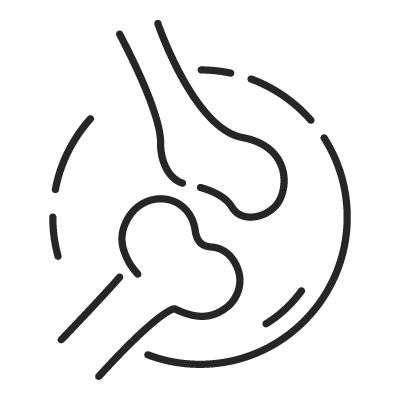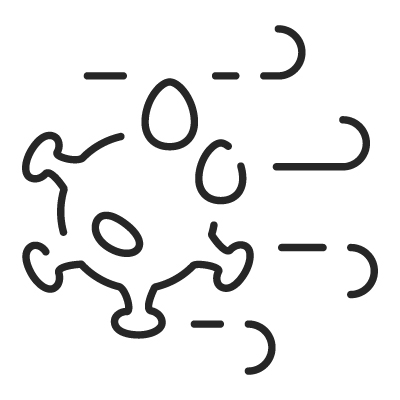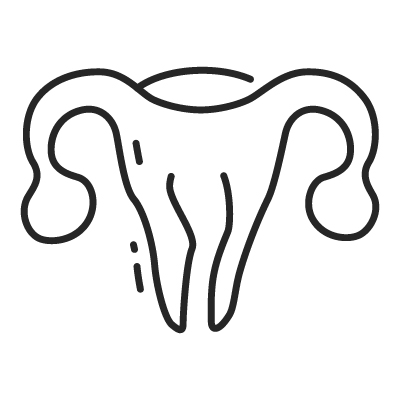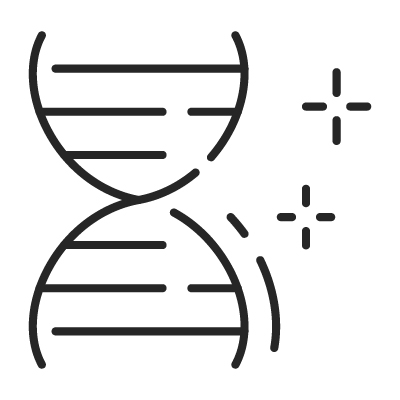Avian influenza virus antigen (AIV Ag)
| Catalog No. | SAIVAGSC |
|---|---|
| Specimen | Secretion/Cloaca |
| Dimensions | Height: 60mm, Length: 300mm, Height: 84mm, Length: 300mm |
Product Description
INTENDED USE
Avian influenza viruses (AIVs) are segmented, negative-sense, single-stranded RNA viruses of the family Orthomyxoviridae. The natural reservoir for AIVs is wild aquatic birds, but they commonly infect other species, including humans. Type A influenza viruses are associated with outbreaks in commercial chickens and turkeys and are classified by the serological subtypes of the primary viral surface proteins, the hemagglutinin (HA) and neuraminidase (NA). To date, 16 HA (H1~H16) and 9 NA subtypes (N1~N9) have been found in AIVs isolated from aquatic birds.
Depending on the molecular criteria of the HA and the pathogenesis, AIVs have been classified highly pathogenic (HP) and low pathogenic (LP). Biologically, the difference between HPAI and LPAI is that HPAI is a systemic infection, and LPAI remains localized to the respiratory and intestinal tracts. The generation of HPAIV appears to be a phenomenon associated with adaptation of LPAIV to chickens or turkeys.
In chickens, LPAIV infection primarily presents mild to moderate respiratory disease in the field. Lethargy, often seen as a decrease in feed and water consumption, and a reduction in egg production are also frequently observed. LPAIV can cause mortality, but it is rare and low. Turkeys seem to be both more susceptible to infection and disease from LPAIV than chickens.
The most striking feature of HPAIV in poultry is that it causes a rapid and high mortality rate that can reach 100% within 36 to 48 hours after infection. It is common for chickens and turkeys to die soon after infection, with no gross lesions and clinical signs only be observed for 6 to 12 hours before death. Clinical signs include severe depression and/or neurological signs, and swollen heads are common. In chickens, hemorrhages may be seen in shanks, wattles, and combs, which may also be swollen and necrotic. These lesions are not seen in turkeys.
Pinciple
The AIV Ag Test Kit is a lateral flow chromatographic immunoassay for the qualitative detection of avian influenza virus antigens in avian stool or rectum.
This kit shows two letters which are the test (T) line and the control (C) line on the surface of the device. If the AIV antigen exists in the sample, it binds to the cellulose nanobeads-conjugated AIV antibody. The antigen-antibody complex moves through the membrane by capillary force and responds to the AIV antibody on the test line, resulting in a red line. The control line indicates that the test is performed correctly and should appear when the test is complete.
Two monoclonal antibodies to the conservative AIV nucleocapsid protein (NP) are used as capture and detector in the kit. The RIDXTM AIV Ag Test Kit can detect various subtypes of AIV NPs in poultry feces with high accuracy at the farm field.



